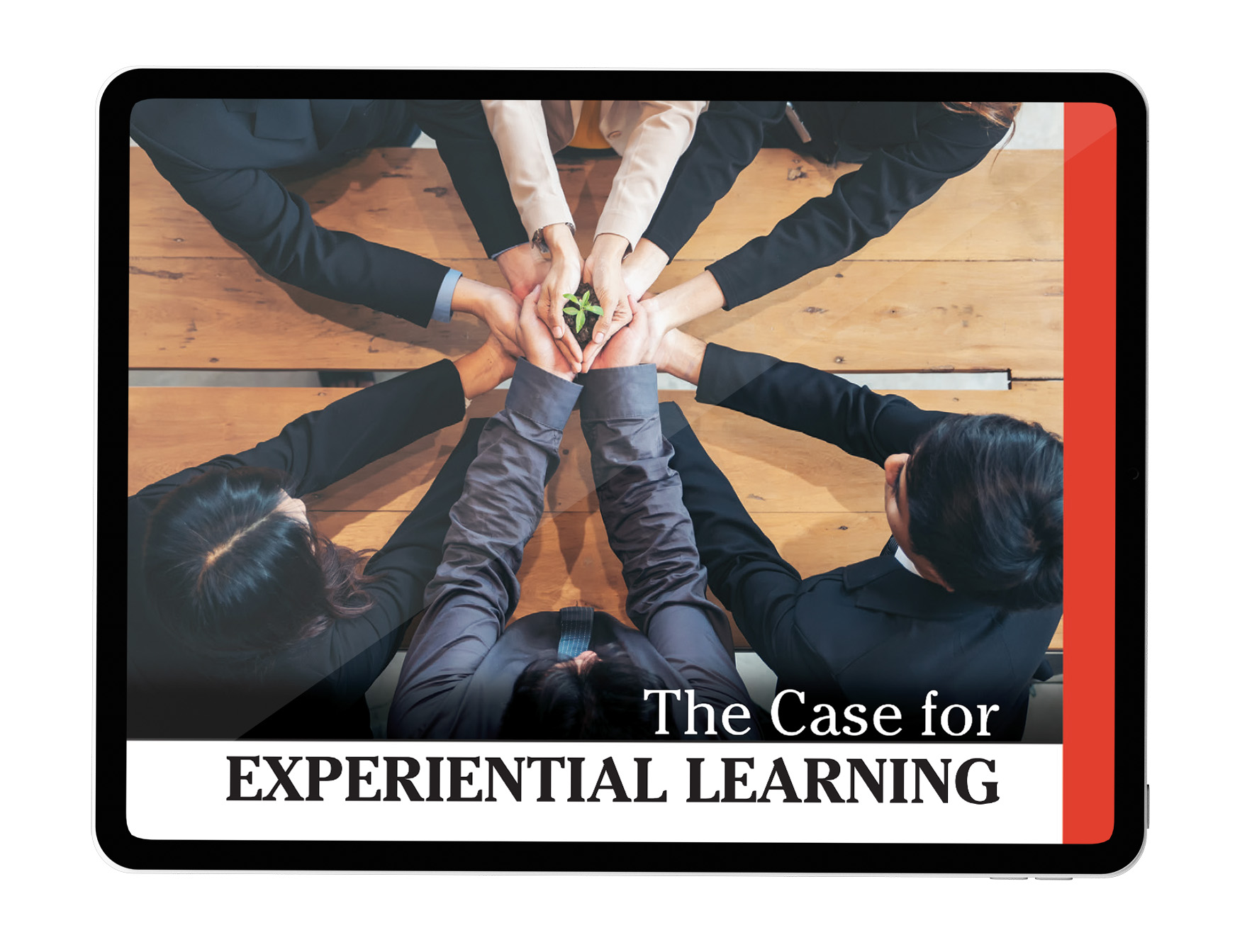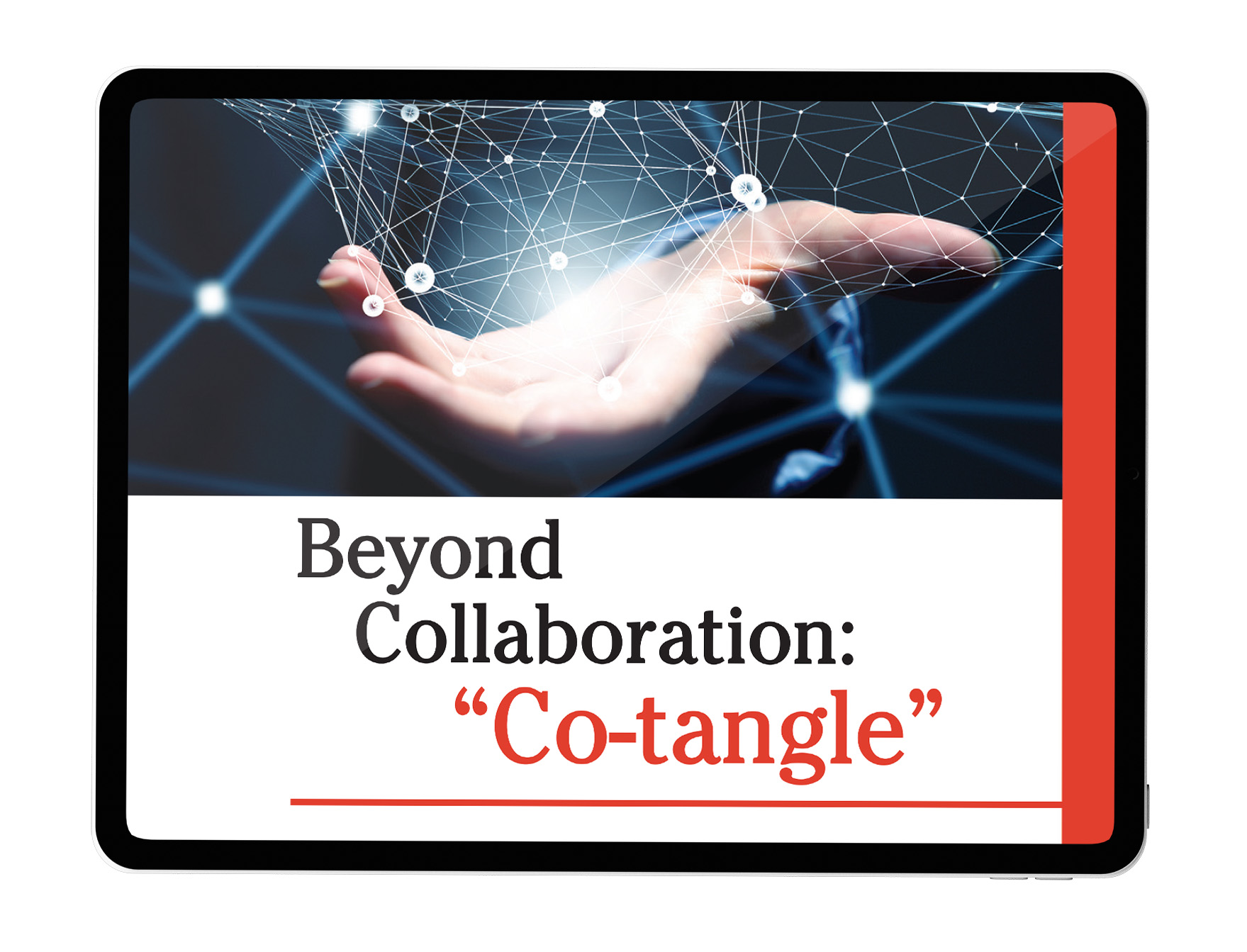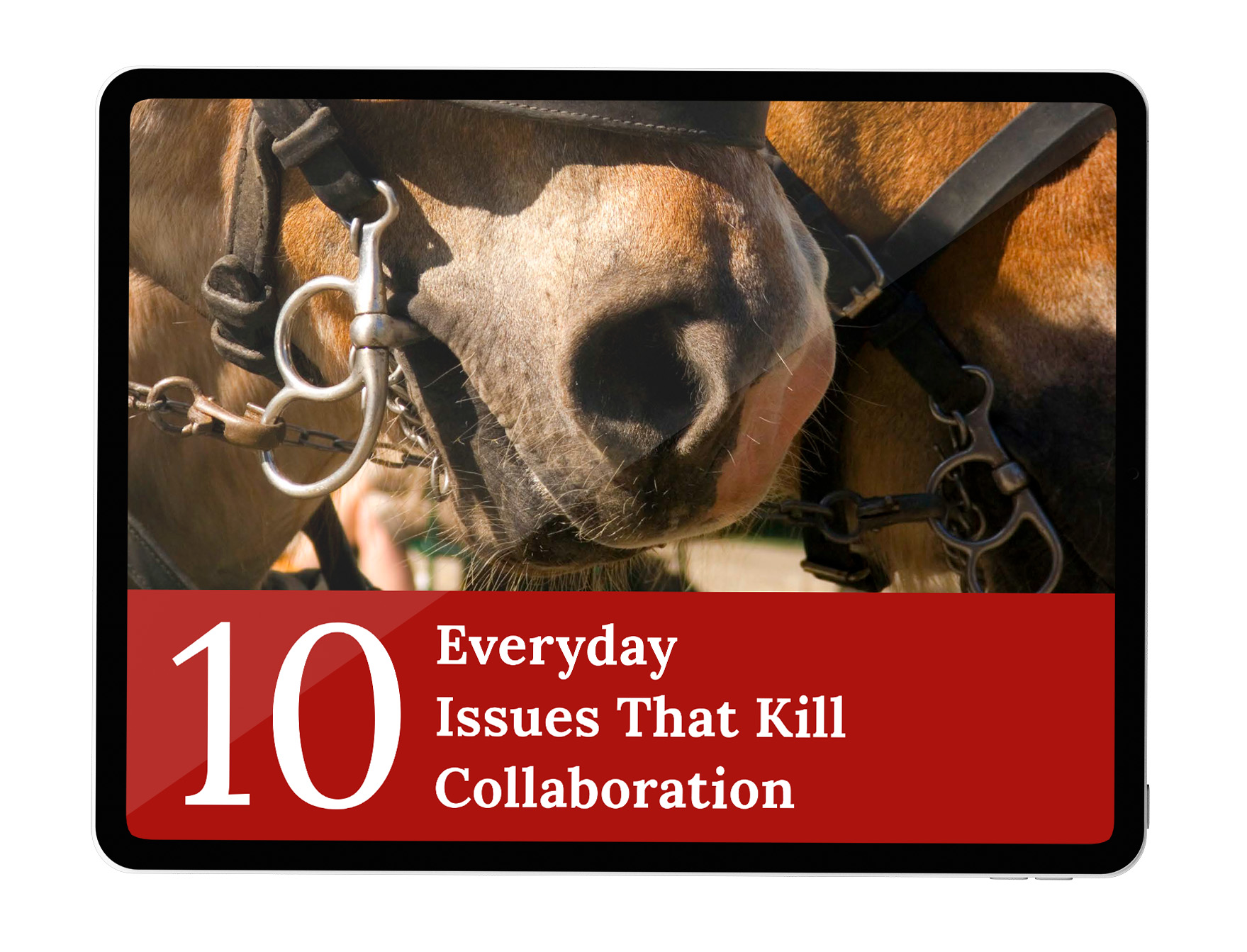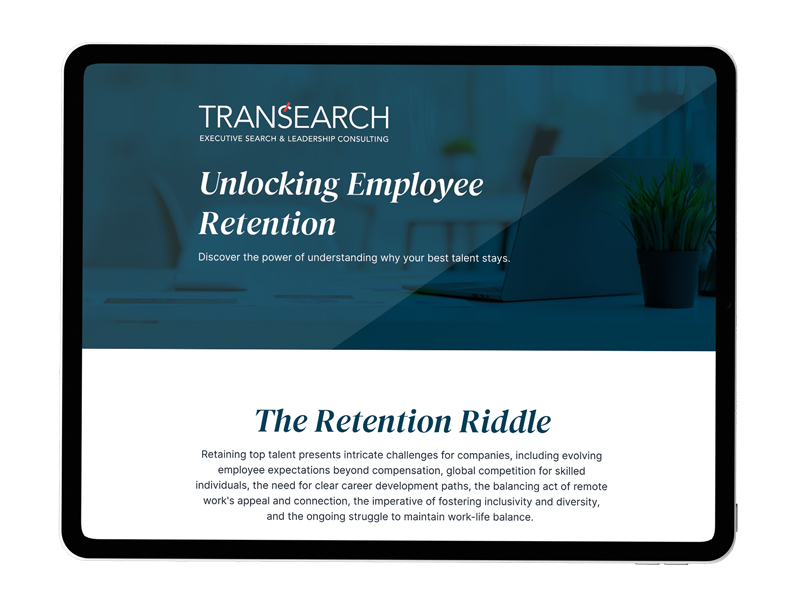The hiring process can be extensive, especially regarding ensuring that the candidate is the right choice. However, even with the most in-depth interviews, skill tests, and reference checks, you may still hire someone unsuitable for the role.
Hiring a candidate who is not the right fit can be costly for a company, wasting both time and resources on the wrong person. Let’s review some red flags for which you can look out when considering whether a new hire is the right fit for a job and a few strategies to help you find the best candidate.
The Red Flags
Lack of experience
Experience is often a crucial requirement for a particular role. If a candidate lacks experience in the field or industry, you may still consider their other qualifications and skills. However, if the job requirement explicitly lists experience as a key consideration, hiring someone with little or no experience will be a red flag.
Lack of experience may result in inadequate job performance, leading to lower productivity and damaging your brand.
Negative reference feedback
Before hiring a new candidate, reference checks are critical. However, it’s essential to focus on the content of the reports rather than just checking off the requirement from your hiring process.
If the feedback mentioned critical areas of concern, such as poor communication or lack of attention to detail, then it would be best to avoid hiring such a candidate. These comments could indicate problematic tendencies that may not have appeared in the interview.
Inability to work well with others
The vast majority of jobs require teamwork, so it’s vital to ensure the candidate can work collaboratively with others. If a candidate appears disengaged or has poor communication skills, it could indicate that they may struggle to integrate into a team environment.
So, it’s best to ask questions about teamwork and interpersonal relationships during the interview process.
Unwillingness to learn
The world is continually changing, and so is the work environment. Therefore, it’s crucial to have an employee willing to adapt to new situations and willing to learn new skills.
If the candidate demonstrates a lack of interest in learning new things or has very rigid ideas about their past experiences, they might not be the right person for the job. Failure to adapt to change could be a significant red flag when considering a long-term employee.
The Strategies
Hiring the right talent is one of the most crucial investments that a company can make. You can have the most brilliant strategy, but it won’t be easy to bring those strategies to fruition without the right team.
At TRANSEARCH, we believe an effective hiring process involves more than simply scanning resumes and having a quick interview. Instead, we recommend strategies to help you find the best people for your organization. A few of these strategies are:
Checking References
One of the most effective ways to determine whether someone is a good fit for a position is by speaking with their previous employers or colleagues. While resumes and interviews can only provide so much information, a reference check can give you a more comprehensive understanding of a candidate’s work ethic, problem-solving abilities, and overall demeanor.
It’s a good practice to talk to at least three individuals who have worked with the candidate in the past and can provide you with a well-rounded view of their performance.
Hogan Assessments
We suggest conducting Hogan assessments throughout the hiring process. These assessments determine a candidate’s personality, values, and work style, allowing you to understand better whether they are an excellent fit for the role.
The report will provide an overview of their strengths and weaknesses, which can help you craft more targeted interview questions highlighting areas you need to analyze further.
Interview Questions That Show Red Flags
Behavioral interview questions are an excellent way to dig deep into a candidate’s motivations, skills, and experience. Yet, it’s crucial to ask questions that also uncover red flags. Red flags can alert you to potential problems with the candidate before it’s too late.
For instance, asking a candidate how they would handle a difficult situation can reveal if they’re willing to resolve conflicts or if they tend to be confrontational and unwilling to work collaboratively.
Questions that show red flags should be specific to the role and the challenges that come with it.
Look Beyond The Resume
Resumes are essential to the hiring process, but they don’t provide everything. A candidate may list particular skills or achievements, but it’s essential to dig deeper and ask them how they apply their skills in practical situations.
You can also ask questions about their experiences and how they handled certain challenges in the past, even if these experiences aren’t detailed in their resume. By doing so, you can evaluate a candidate’s ability to think critically, problem-solve, and overcome challenges.
Test Skills Through Simulations
Simulations are a great way to evaluate a candidate’s skills and knowledge in real-world situations. This could be as simple as providing a scenario and asking the candidate to provide a solution or as complex as developing a simulation to simulate a software program that a candidate may be required to use in their job role.
Simulations allow candidates to demonstrate their practical application of knowledge and hands-on skills and stress their thinking process under pressure.
Hiring a new employee is a crucial decision for any business. However, red flags may appear during the hiring process, signaling that the candidate is unsuitable for the role. Even with a rigorous hiring process, you may still end up with someone who is not a good fit, costing your business time and money.
However, implementing key strategies such as reference checks, conducting assessments, and asking strategic interview questions can help lessen the risk of hiring someone who is not the right fit.
Ultimately, it’s imperative to stay vigilant, ask the right questions, and look out for the red flags. By doing so, you’ll increase the likelihood of hiring someone who will excel in their role, contributing positively to the business’s success.





































































